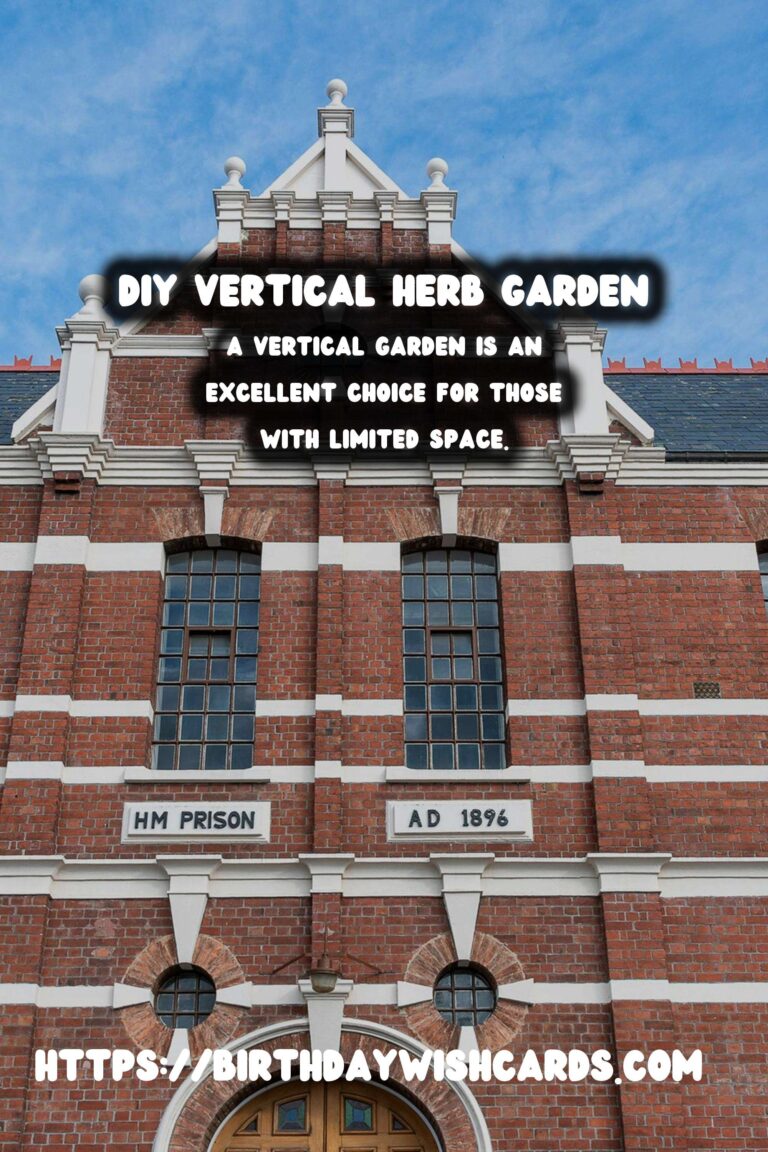
Growing your own herbs can bring a fresh touch to your culinary creations and enhance your recipes with vibrant flavors. If you’re limited on space, a vertical herb garden is the perfect solution. Using pallets is not only cost-effective but also environmentally friendly as it recycles wood that might otherwise be wasted.
Why Choose a Vertical Garden?
A vertical garden is an excellent choice for those with limited space. It allows you to grow a variety of herbs even in the smallest areas, such as balconies, patios, or even a small backyard. By building your herb garden vertically, you maximize space, making it easier to access your herbs while adding a unique decorative element to your home.
Materials Needed
Before you begin creating your vertical herb garden, gather the necessary materials. You’ll need:
- A wooden pallet
- Sandpaper
- Landscape fabric
- Staple gun and staples
- Potting soil
- Your choice of herb plants
- Waterproof sealant (optional)
Step-by-Step Guide
1. Preparing the Pallet
First, ensure your pallet is in good condition. Sand any rough edges to prevent splinters. If desired, apply a waterproof sealant to protect the wood from moisture.
2. Attach Landscape Fabric
Next, attach landscape fabric to the back and sides of the pallet using a staple gun. This will hold the soil in place and allow water drainage. Double up the fabric for added strength.
3. Fill with Soil
Turn the pallet over and fill the gaps between slats with quality potting soil. Pat it down gently and add more as needed to ensure a firm base for your herb plants.
4. Plant Your Herbs
Choose your favorite herbs and plant them in the soil. Firmly place herbs like basil, mint, rosemary, and parsley into their spots. Consider the amount of sunlight they will receive when positioning them.
5. Water and Monitor
Once planted, water your herbs thoroughly. It’s important to keep the soil moist but not overly saturated. Monitor your garden regularly for water needs, especially during warmer months.
Caring for Your Vertical Herb Garden
Maintaining your herb garden is simple. Regular watering and occasional pruning will keep your herbs healthy and growing. Fertilize during the growing season for best results and watch for any signs of pests.
Conclusion
A DIY vertical herb garden not only brings fresh herbs to your kitchen but also adds an eco-friendly, personalized touch to your home. With minimal materials and effort, you can enjoy fresh, home-grown herbs all year round.
Growing your own herbs can bring a fresh touch to your culinary creations and enhance your recipes with vibrant flavors. A vertical garden is an excellent choice for those with limited space. 









#DIYGardening #HerbGardens




